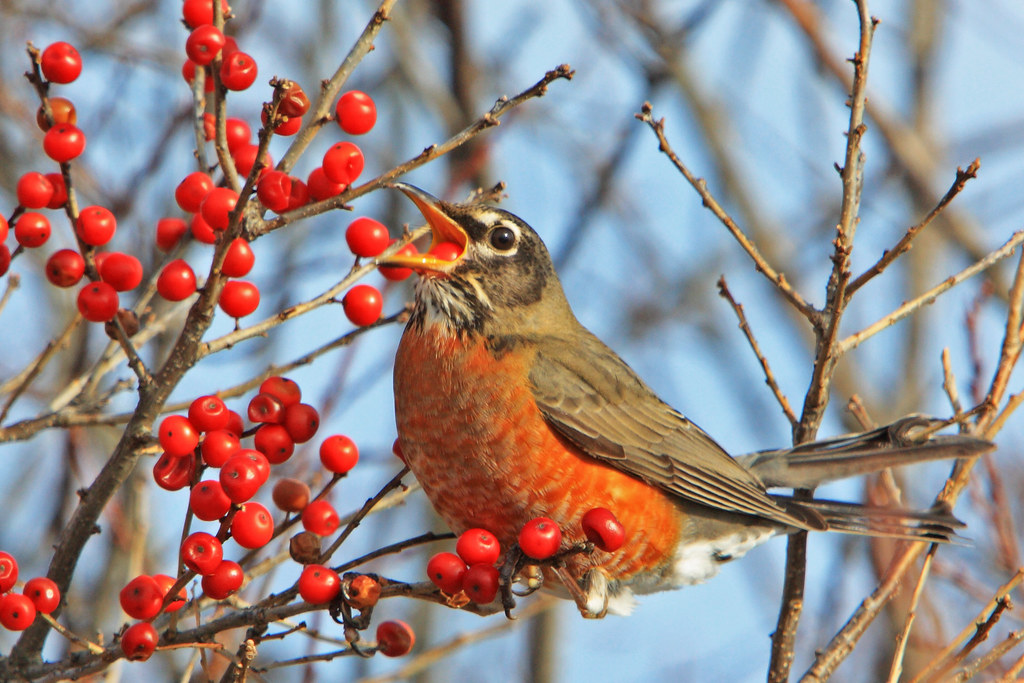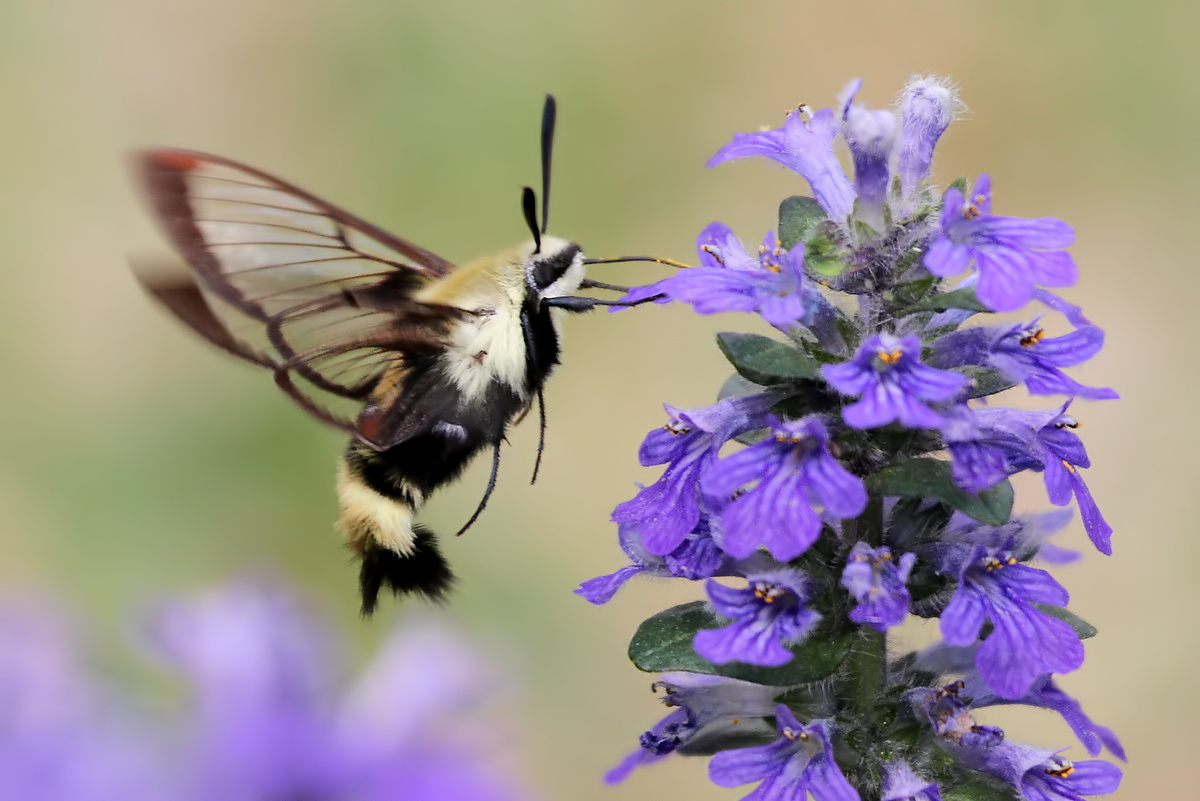When I was young, my grandmother had a vibrant garden. Birds, butterflies, bees all converging on a small sanctuary nestled between corn fields all summer long.
Hummingbirds so brazen you would need to duck to avoid a mid-flight collision as they zipped from flower to feeder. Crimson cardinals perched on piles of sunflower seed, chirping to ensure territorial security.
Of course, as summer waned, the hummingbirds left, the bees slept, and the butterflies flew onward. With them, the plants turned brown and shriveled as winter drew closer. However, the sunflower seed feeders remained in my grandma’s garden, drawing hordes of non-migratory birds all winter long. She always said they needed food then more than ever. I didn’t think much of it at the time, but now that I am older I see the truth in this. But what did birds do before there were grandmothers to feed them?
The answer comes from the humble shrub. Native shrubs not only look beautiful, but animals of all varieties rely on them as a crucial food source during scarce winter months. In the case of central Indiana, shrubs that once provided diverse food options for local birds are less and less common due to depleting habitats. One way to positively impact the health of local ecosystems and address decreasing natural winter forage is to landscape with indigenous shrubs.
Winterberry Holly
Winterberry Holly (Ilex verticillata) is one such native, deciduous shrub. Growing densely with vibrant green leaves throughout the summer, this species is perfect for planting native but still maintaining that “landscaped” look. The winterberry holly hosts subtle flowers that, when pollinated, mature into bright red, showy berries. These persist throughout the winter and are a treat for foraging birds. Planting more than one of this species of shrub is recommended as it is dioecious, meaning there are separate male and female plants. Both sexes are necessary for pollination and fruit production!
Gray Dogwood
If you are looking for something with a bit more flash in the floral department, the Gray Dogwood (Cornus racemosa) gives a pop of spring color when it blooms. Bearing clusters of white flowers, early season pollinators are drawn to this thicket-like shrub. As winter approaches, the gray dogwood will drop its leaves, revealing bright white berries topping scarlett twigs. Because of this flashy presentation, the berries generally do not last too long into the dormant season. Be sure to plant more individuals or partner it with other species of native shrubs to ensure plenty of natural forage to go around.
Arrowwood Viburnum
Viburnum dentatum, or the Arrowwood Viburnum, is perhaps the showiest of the species mentioned. Spring brings bright bundles of white flowers that decorate its foliage. As if these fragrant flowers weren’t enough, once fall arrives, the leaves of the arrowwood viburnum turn vibrant shades of yellow and red, showcasing delicate purple fruit where flowers once sat. This forage is a particular favorite among songbirds due to its high fat content, so much like the gray dogwood, plant many shrubs to achieve a befitting bird buffet.
Though my grandmother’s mulched garden has largely been replaced by a lawn, she still leaves food for winter birds. A simple concept she passed to my mother, and my mother to me. I cannot and should not hope to replace bird feeders, especially during winter months. However, coupling them with native food sources not only helps our backyard avian diners, but is a low maintenance way to support your entire local ecosystem.
Planting natives supports a system of ecological interconnectedness that often eludes human understanding. Thankfully this awesome mystery does not have to remain unknown. It can be directly observed, admired, and appreciated. Sometimes all it takes is the planting of a shrub.
Jake Gamble is the Stewardship Manager for Red-tail Land Conservancy. Impassioned by land conservation, he strives to protect and preserve the natural quality of Indiana while inspiring others to do the same.
Photo by Peter Albrecht




